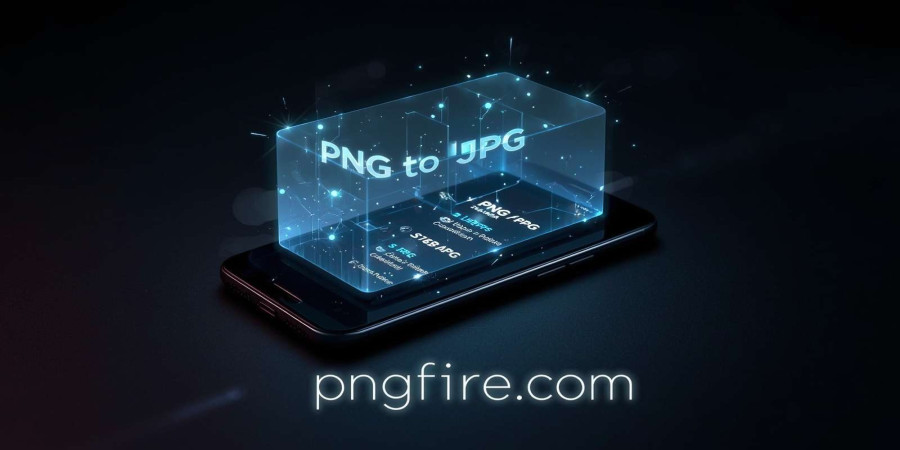

The Ultimate Guide to PNG to JPG Conversion: Everything You Need to Know
In the vibrant, visual world of the internet, images are the currency of engagement. They capture attention, tell stories, and make digital experiences come to life. But behind every stunning photograph and crisp graphic lies a technical foundation: the file format. Two of the most dominant formats you'll encounter are PNG and JPG. While they may seem interchangeable to the casual user, they are fundamentally different, each with its own strengths and weaknesses.
Often, you'll find yourself with a PNG file when what you really need is a JPG. Perhaps the file is too large for your website, causing it to load at a snail's pace. Maybe you need to email an image, but you're hitting an attachment size limit. Or, a platform you're using simply demands a JPG. This is where the need for a quick, reliable, and high-quality conversion tool becomes paramount.
Welcome to your definitive guide on navigating the world of PNG and JPG. We'll explore the core differences between these formats, understand the practical reasons for converting from PNG to JPG, and introduce you to the most seamless solution available online: pngfire.com. This article will equip you with the knowledge to make informed decisions about your images, ultimately improving your website's performance, compatibility, and overall user experience.
Understanding Image Formats: The Great PNG vs. JPG Debate
Before diving into the "how" of conversion, it's essential to understand the "what" and "why." Knowing the characteristics of PNG and JPG files will empower you to choose the right format for every situation.
What is a PNG? The Champion of Transparency
PNG stands for Portable Network Graphics. Developed as a more powerful successor to the older GIF format, PNG has become the go-to choice for digital graphics, logos, icons, and any image that requires a transparent background.
The defining feature of a PNG is its use of lossless compression. Think of it like a perfect digital photocopy. When you save an image as a PNG, the compression algorithm cleverly reorganizes the data without discarding a single pixel of information. When you open the file again, it's reconstructed to its exact original state. This is crucial for graphics where every line and color must be sharp and precise, like a company logo or a user interface element.
Another key feature is its support for an alpha channel. This is what allows for varying levels of transparency, from fully opaque to completely see-through. It’s the magic that lets a logo sit cleanly on any colored background without an ugly white box around it.
Key PNG Characteristics:
- Lossless Compression: No loss of image quality.
- Transparency: Supports alpha channel for transparent backgrounds.
- Ideal For: Logos, icons, line art, text-heavy images, and graphics with sharp edges.
- File Size: Generally larger than JPGs due to the lossless compression method.
What is a JPG? The King of Photography
JPG (or JPEG) stands for Joint Photographic Experts Group, the committee that created the standard. This format is the undisputed king of the photographic world for one primary reason: lossy compression.
Lossy compression is a brilliant trade-off. The algorithm analyzes an image and strategically discards data that the human eye is least likely to notice. It's particularly effective at handling the millions of subtle color variations and gradients found in a real-world photograph. Imagine it as an expert art restorer who removes imperceptible imperfections to make the painting lighter and easier to move. The core essence of the image remains, but the file size is drastically reduced.
You can often control the level of compression, striking a balance between file size and image quality. A higher compression level means a smaller file but more potential for visible artifacts. However, for most web applications, a well-optimized JPG is virtually indistinguishable from the original to the naked eye. The one major drawback? JPGs do not support transparency; any transparent areas in an original image will be filled with a solid color (usually white) upon conversion.
Key JPG Characteristics:
- Lossy Compression: Some data is discarded, resulting in significantly smaller file sizes.
- No Transparency: Does not support an alpha channel.
- Ideal For: Photographs, complex images with gradients, and realistic pictures.
- File Size: Much smaller than PNGs, making it perfect for the web.
Why Convert from PNG to JPG? Unpacking the Practical Needs
Now that we understand their differences, the reasons for converting a PNG to a JPG become crystal clear. It’s not about one format being universally "better" but about using the right tool for the job. Here are the most common scenarios where a PNG to JPG converter is your best friend.
1. Drastically Reducing File Size for Faster Websites
This is the number one reason for conversion. Page speed is not just a matter of convenience; it's a critical factor for user experience and Search Engine Optimization (SEO). Search engines like Google favor websites that load quickly. Large PNG files, especially high-resolution ones, can be bulky and significantly slow down your site.
By converting a large PNG photograph to an optimized JPG, you can reduce its file size by up to 70-80% with minimal visible quality loss. This leads to:
- Faster Page Load Times: A better experience for your visitors.
- Lower Bounce Rates: Users are less likely to leave a fast-loading site.
- Improved SEO Rankings: Google rewards speed.
- Reduced Bandwidth Usage: Saves you money on web hosting costs.
2. Enhancing Compatibility Across Platforms
While PNG is a modern web standard, JPG is even more universal. Some older devices, specific software applications, or certain content management systems (CMS) may have limited or buggy support for PNG files, especially their transparency feature. Converting to a JPG ensures your image will display correctly and consistently everywhere. It’s the safe, universally accepted format.
3. Effortless Emailing and Sharing
Ever tried to email a folder of high-quality PNG images? You've likely run into the dreaded "attachment size limit" error. Because JPGs are significantly smaller, they are much easier and faster to send via email or upload on zippyshare to social media platforms and messaging apps. Converting your PNGs to JPGs before sharing can save you and your recipients time and frustration.
4. Meeting Specific Upload Requirements
Many online services, from government portals and job application sites to photo printing services and contest submission forms, have strict file requirements. Very often, these platforms will only accept images in the JPG format. Having a quick PNG to JPG converter on hand allows you to meet these specifications in seconds without any hassle.
Introducing PNGfire.com: Your Go-To PNG to JPG Converter
Understanding the why leads us to the how. While there are many ways to convert an image, none are as simple, fast, and user-friendly as pngfire.com. It was designed from the ground up to be the definitive online tool for anyone needing to switch from PNG to JPG without friction.
The Conversion Process: A Simple 3-Step Guide
PNGfire.com strips away all complexity. There are no confusing settings, no software to download, and no registration required. The entire process takes less than a minute.
- Upload Your PNG: Simply navigate to pngfire.com. You'll be greeted with a clean, intuitive upload box. You can either click to browse your computer for the PNG file you want to convert or just drag and drop the file directly onto the page.
- Automatic Conversion: The moment your file is uploaded, the powerful engine at PNGfire.com gets to work. It instantly analyzes your PNG, handles the transparency, and converts it into a high-quality, web-optimized JPG. This all happens automatically in the background within seconds.
- Download Your JPG: Before you can even blink, your new JPG file is ready. A download button will appear, allowing you to save the compact, universally compatible JPG directly to your device.
That's it. The process is a perfect embodiment of "select, convert, download."
What Makes PNGfire.com Stand Out?
In a sea of online tools, PNGfire.com distinguishes itself by focusing on what truly matters to the user.
- Blazing Speed and Efficiency: The entire process, from upload to download, is optimized for speed. No waiting, no queues.
- Exceptional Quality Retention: The conversion algorithm is finely tuned to provide the best possible balance between file size reduction and image quality. Your JPGs will look crisp and clear.
- Zero-Clutter Interface: The website is designed for immediate use. It’s clean, ad-light, and focuses solely on getting the job done without distracting you with unnecessary options.
- Privacy and Security First: We understand that your images can be personal or proprietary. At PNGfire.com, your privacy is a top priority. All uploaded files are automatically and permanently deleted from our servers after a short period, ensuring your data remains yours.
- Completely Free, No Surprises: PNGfire.com is 100% free to use. There are no hidden fees, no premium versions, and no watermarks placed on your converted images. Just a simple, honest tool for everyone.
Beyond Conversion: Optimizing Your Images for the Web
Converting your PNG to a JPG is a massive first step in web optimization, but you can take it even further. Proper image SEO can help your content rank higher in image search results, driving more organic traffic to your site.
The Pillars of Image SEO
- Choose the Right Format: As we've discussed, use JPG for photos and PNG for graphics with transparency. Using a tool like pngfire.com is your first optimization step.
- Name Your Files Descriptively: Before uploading an image, rename the file to describe what it contains. Instead of IMG_7891.jpg, use chocolate-lava-cake-recipe.jpg. This gives search engines valuable context.
- Use Descriptive Alt Text: Alt text (alternative text) is an HTML attribute that describes an image. It’s crucial for two reasons:
- Accessibility: It is read aloud by screen readers for visually impaired users.
- SEO: It provides search engines with a textual description of the image content, helping them understand and rank it.
- Compress and Resize: Ensure your image dimensions are appropriate for their container on the page. There’s no need to upload a 4000-pixel wide image for a 600-pixel wide blog post. First resize, then compress. Converting a large PNG to JPG on PNGfire.com handles the compression part beautifully.
Frequently Asked Questions (FAQ)
Here are answers to some of the most common questions about converting PNG files to JPG.
1. Will converting my PNG to JPG reduce its quality?
Yes, technically there is a slight quality reduction because JPG uses lossy compression. However, the advanced algorithms used by pngfire.com are designed to make this reduction almost imperceptible to the human eye while maximizing the reduction in file size. For almost all web and sharing purposes, the quality will be excellent.
2. What happens to the transparent background of my PNG?
The JPG format does not support transparency. When you convert a PNG with a transparent background to a JPG, the transparent area will be filled with a solid white background. This is standard for all PNG to JPG conversions.
3. Is pngfire.com really free to use?
Absolutely. PNGfire.com is completely free, with no limits on the number of conversions. We believe essential tools should be accessible to everyone. There are no subscriptions or hidden charges.
4. Is it safe to upload my images to pngfire.com?
Yes. We take your privacy very seriously. Your files are uploaded over a secure connection (HTTPS), and we automatically delete all files from our servers within an hour of conversion. We do not view, copy, or share your images.
5. Can I convert multiple PNGs to JPGs at once?
Currently, PNGfire.com is optimized for single-file conversions to ensure maximum speed and quality for each image. This simple, focused approach prevents server overload and delivers your converted file instantly.
6. Do I need to install any software to use this converter?
No, not at all. PNGfire.com is a 100% browser-based tool. There is nothing to download or install. It works on any modern web browser on Windows, Mac, Linux, iOS, and Android.
Conclusion: Make the Smart Switch Today
The digital world demands both quality and speed. While the PNG format is perfect for high-fidelity graphics and transparent logos, its large file size can be a significant bottleneck for web performance and easy sharing. The JPG format, with its brilliant compression and universal compatibility, is the ideal choice for photographs and ensuring a fast, smooth user experience online.
The need to convert PNG to JPG Converter is a common and practical one. It's a simple action that has a profound impact on your website's speed, SEO, and the effortless sharing of your images. By choosing the right tool, you can make this process painless and instant.
PNGfire.com is that tool. It’s built to be fast, free, and incredibly simple, stripping away all technical barriers. It respects your privacy and delivers high-quality results without watermarks or hidden costs.
Ready to optimize your images, speed up your website, and make your files universally shareable?
Visit pngfire.com and convert your first PNG to JPG today!
Popular articles
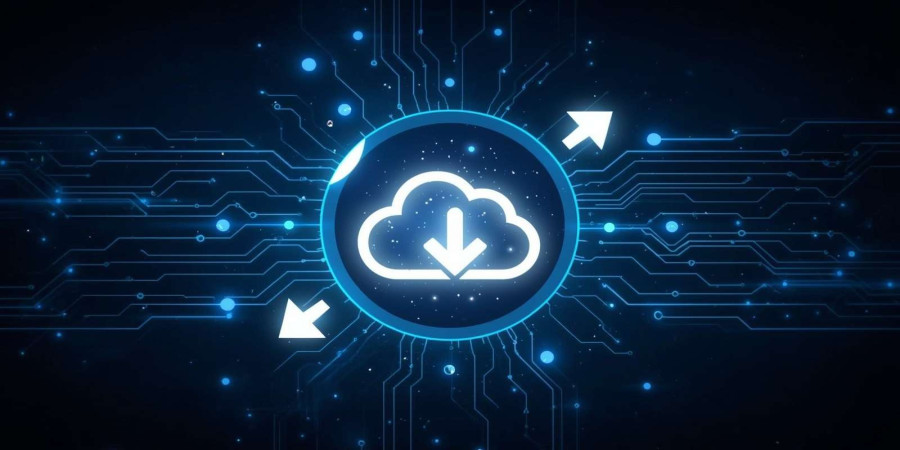
Jul 11, 2024 12:47 PM
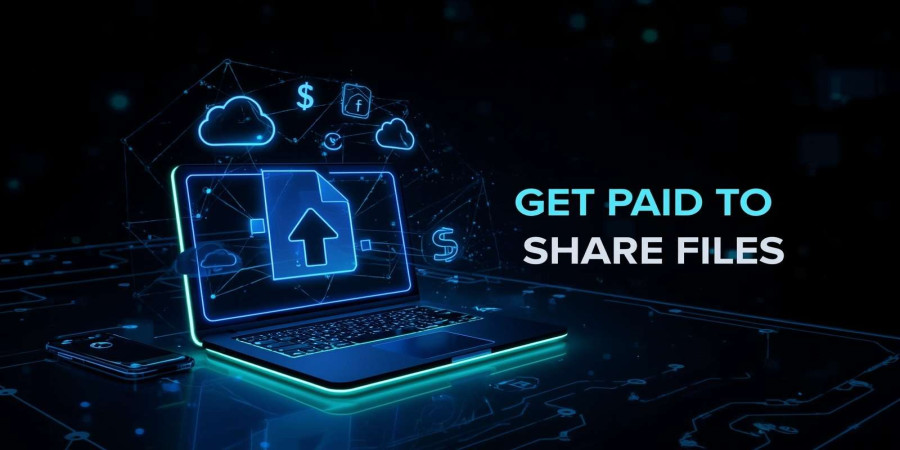
Sep 25, 2024 09:47 AM
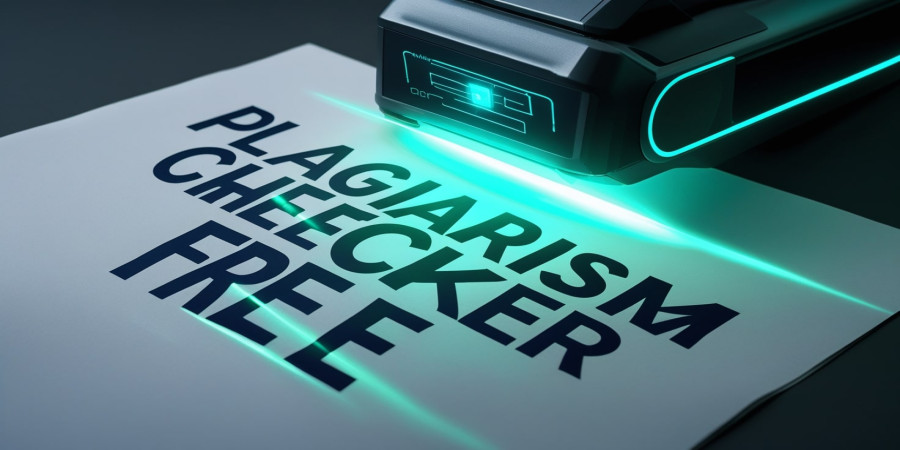
Aug 19, 2025 08:13 AM
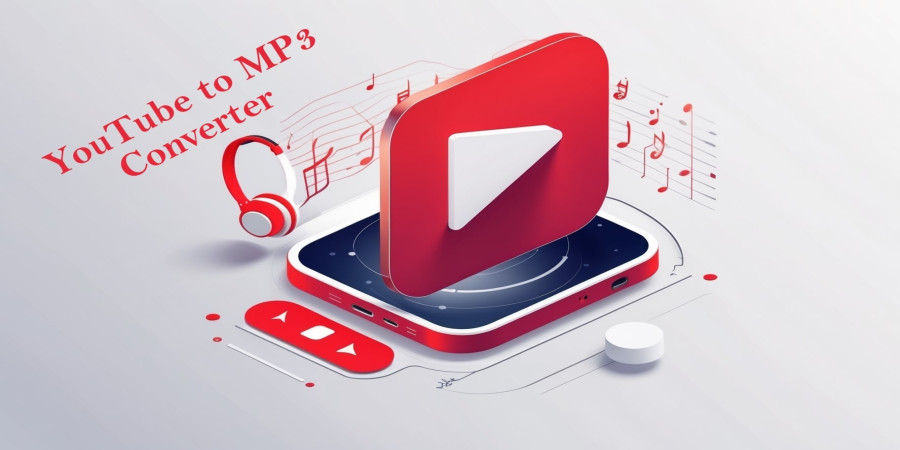
Apr 18, 2025 01:10 PM

Aug 01, 2025 11:19 PM
Categories
Comments (0)